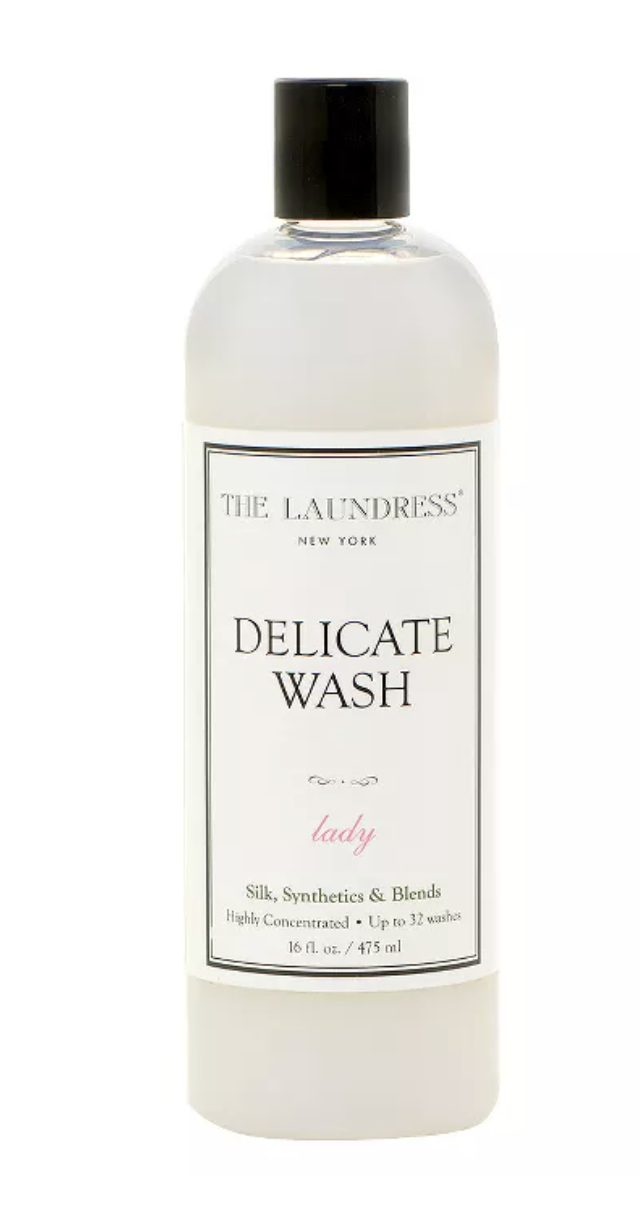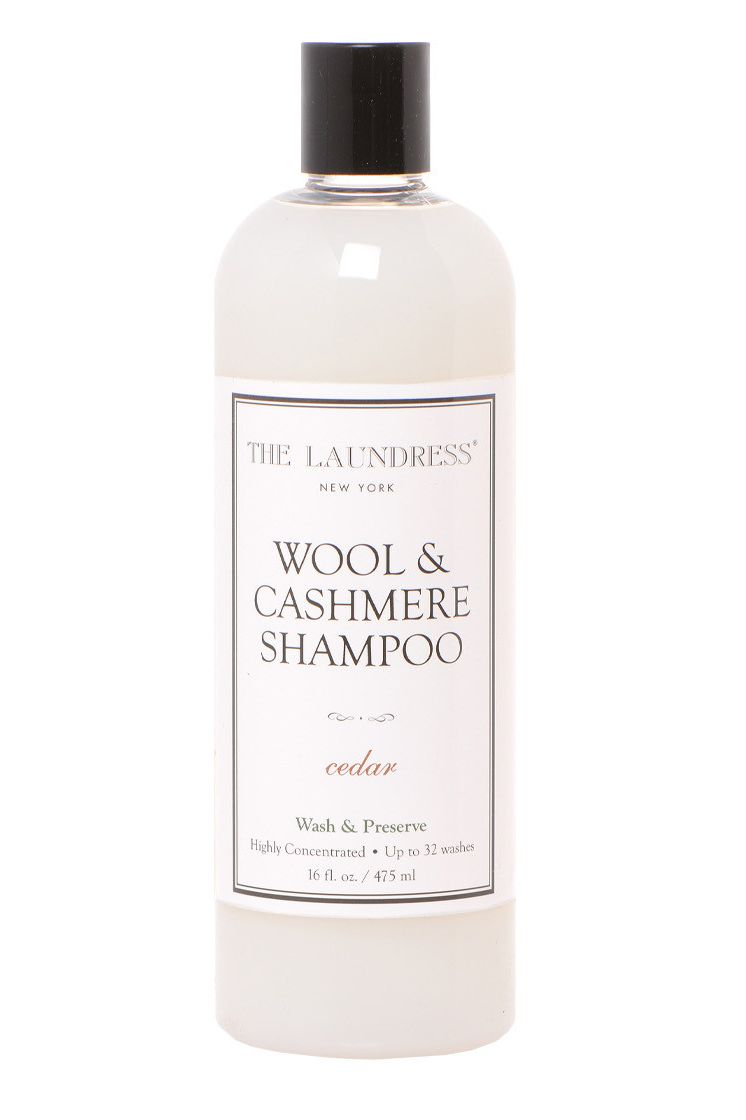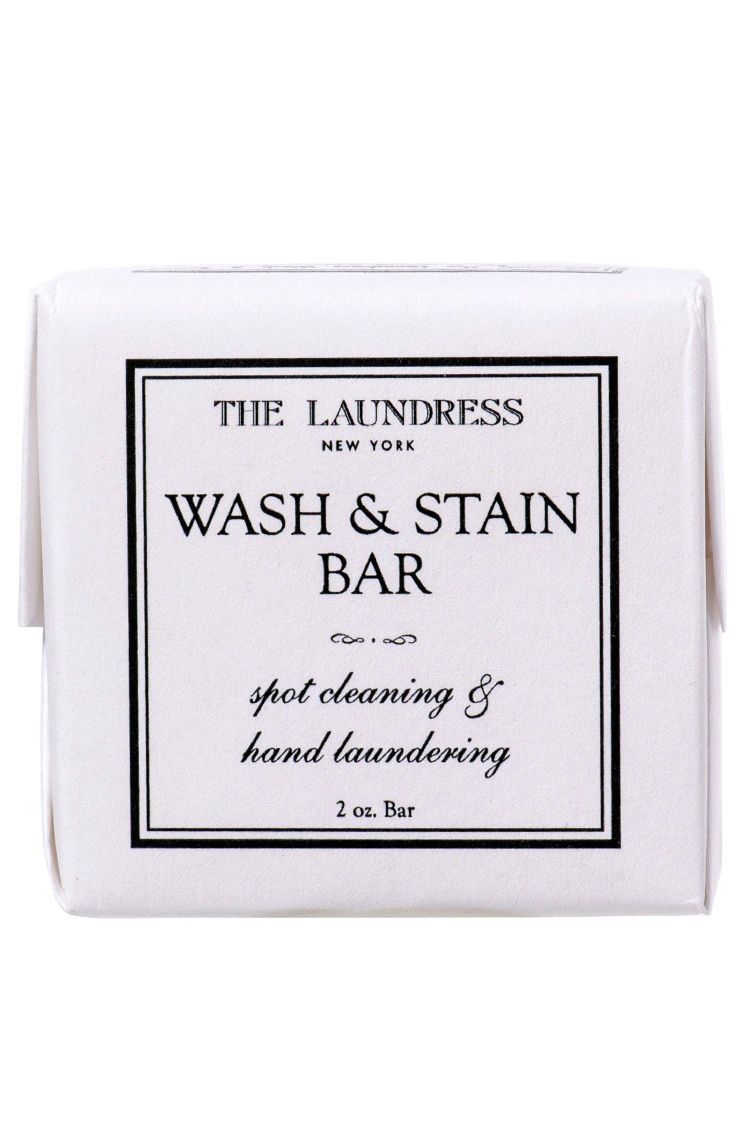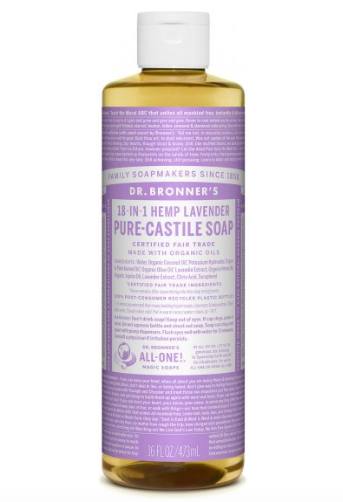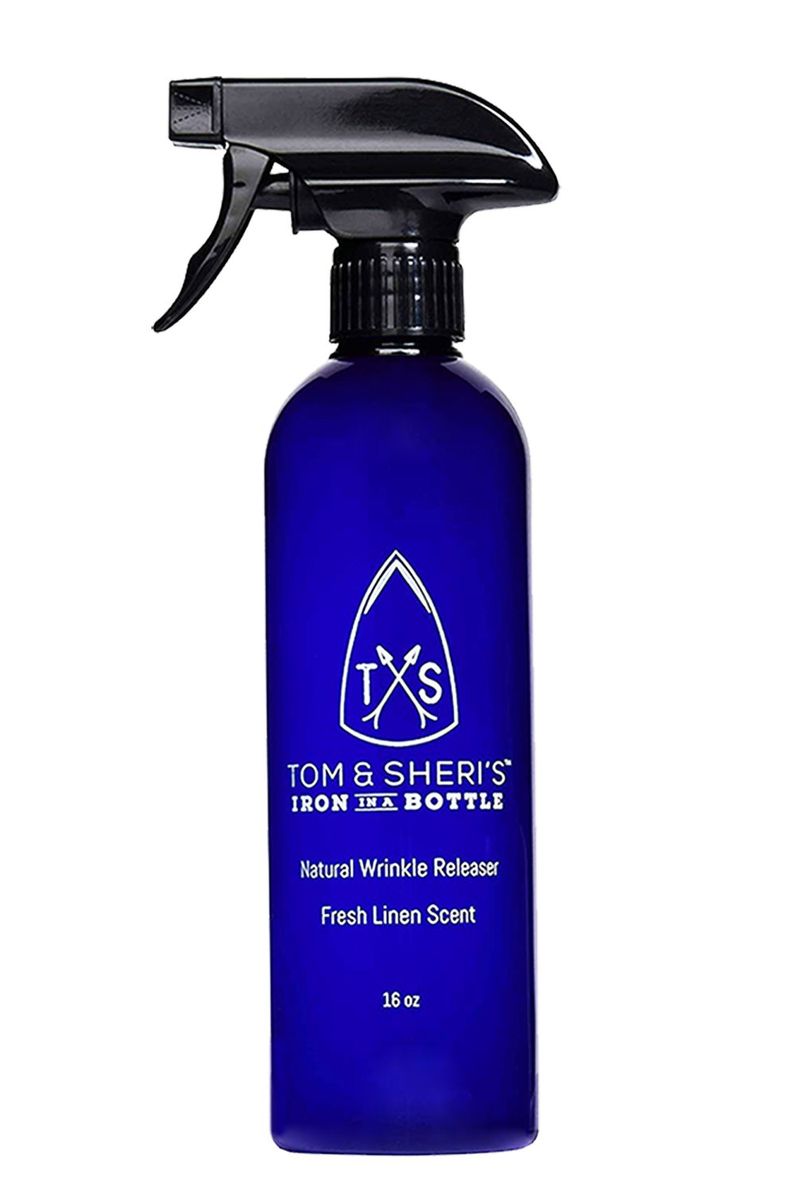How to Dry Clean at Home and Save Your Clothes and Money
"Dry Clean Only?" Not anymore.

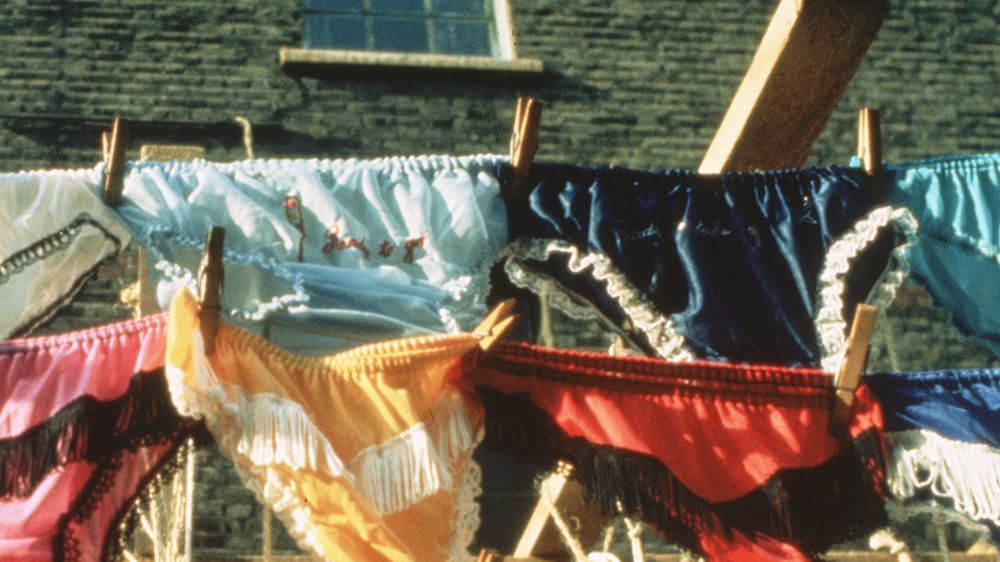

Welcome to Take Care of It, our guide for the upkeep and maintenance of luxury fashion purchases in order to keep them forever.
The um, unusual, circumstances of 2020 and 2021 granted many of us more flexibility in our work-life balance, which has led us to reconsider the pieces of our lives we really need to outsource—and what we may be able actually accomplish ourselves. Garment care is one of those things. In our pre-pandemic lives, it felt convenient to throw some sweaters in a bag and drop it at the dry cleaners on the way to the office, but somehow, now, that feels more inconvenient than ever. Still, none of us should have to sacrifice wearing fancy items on the regular, and neither should our wallets. Having a handle on hand-washing special-care items is not as difficult as it seems and will save money in the long run. We pegged some of our favorite experts to give us the lowdown on their favorite garment care hacks.
Assess the Garment by Fabric
Lindsey Boyd and Gwen Whiting, co-founders of The Laundress laundry care product line, advise to read the fabric labels on your clothes versus the instructions. “Up to 90 percent of items considered or labeled “dry clean” can be washed at home–even silk, lace, wool and cashmere,” says Boyd. This approach may also be better for garments in the long run. She adds, “The chemicals used in the dry-cleaning process are often very harsh on fabrics, leading to damage.”
Choose Your Water Temperature
Then, it’s time to draw the bath for your hand-washing batch. Boyd advises, “The water temperature and detergent you use depends on the fabric composition–this is so important! For instance, everyday laundry like cotton, linen, and durable synthetics can be hand washed in warm water with our Signature Detergent. But silk, lace delicate synthetics, wool, and cashmere must be washed in cool water and Delicate Wash or Wool & Cashmere Shampoo, respectively.”
Try a Time-Saving Short Cut
Designer Araks Yeramyan, of lingerie and swim line Araks, recommends an unconventional technique for smaller special care items: hand-washing bras and panties in the shower. Yeramyan insists: “It saves time and you won’t have piles of hand-washing to do.”
She suggests using whatever soap you have in the shower, but her preferences include The Laundress’ Wash & Stain Bar, which she loves for its washing-on-the-go capability and its plastic-free packaging and the classic Dr. Bronner’s lavender soap.
Drying Technique Is Key
Whiting breaks down how to dry things properly: “Never wring or squeeze garments to remove excess water as that will cause damage to the fibers. Instead, press garments against the edge of the tub to get rid of excess water. To speed up the drying process, lay garments over a dry towel in their natural shapes, roll up the towel like a sleeping bag and press the extra water out. Hang or lay flat to try. Be careful not to set fabrics near a heat source like a sunny window or a radiator, as this can cause the item to shrink.”
Get exclusive access to fashion and beauty trends, hot-off-the-press celebrity news, and more.
Say Goodbye to Wrinkles
If things aren’t quite as smooth after they dry, no need to be annoyed. Steaming (by steamer or hanging while the shower runs) or using a mellow wrinkle release like plant-based Tom & Sheri’s Iron in a Bottle also helps for any wrinkles that may occur after hand-washing.
How to Get Out Stains
If stains feel scary to deal with on your own, Lauren Singer, zero-waste advocate and CEO of Package Free has some gentle and green solutions for handling them. “White vinegar and basic castile soap can basically take out any stain. The thing with stains is really tackling them head-on when they happen and making sure you’re diluting them," says Singer. “For things like yellow underarm stains, white vinegar is great for removing them and I always just pretreat stains before washing them. You can scrub with an old toothbrush on a stain with castile soap and then soak in a bowl of warm water before putting in the washing machine and you’re fine.
"[For the machine] I’m using Simply Co laundry detergent, which actually is my first company. It’s a vegan, three-ingredient laundry detergent powder and that’s great because I know I’m not putting toxins on my garments or my skin,” says Singer. She adds, “I think now’s the time especially that we’re probably wearing clothes that are objectively lower value, like our sweatpants, that if we do get stains, now’s the time to experiment with ways of treating them, on clothes that you may care about a little less.”
Rotate, Wash, Repeat
Another major step is figuring out a steady rotation and practical wearing for our clothing. Singer agrees: “I think minimizing my wardrobe right now is really awesome and this whole experience has probably shown everyone we don’t need as much stuff as we have.” She adds, “There are other ways you can minimize the amount of stuff you have to wash. If you’re wearing a sweater, just wear a T-shirt on under it. The T-shirt is a lot easier to wash and can act as a barrier. Layering helps to minimize how much you’re sweating in your other clothes.”
The effort to reduce washes of items also goes for undergarments. “Everything with elastic in it should be in rotation, especially bras. The elastic needs to relax. In general, no matter what you do, elastic has a shelf life, but the better you care for these pieces, the longer they will last,” says Yeramyan.
Between wears, Whiting suggests some simple tips. “Airing out your clothes is a simple but effective way to refresh items between wears. If you don’t have access to an outdoor drying line, hanging your pieces in an open area outside of your closet will do the trick. Proper storage in between wears can go a long way. Make sure to fold or hang your items to avoid wrinkling.”
There you have it! Not only will your dry cleaning bill be much smaller, but stains may no longer be as daunting to sort out on your own. Singer doesn’t see learning to take care of your clothes as a small step, either: “Yes, we’re inside, but we also have access to every bit of information ever recorded by man. So, it’s amazing we have access to any skillset that we have the desire and will to learn. Hopefully we can take some of these things and if we’re as self-sufficient as we are now in the future, maybe the world will start to shift for the better.”
Shop the laundry essentials here:

Julia Gall is a creative consultant, stylist, and writer. She is the former Style Director at Marie Claire where she covered all things fashion, as well as styling tips, wardrobe upkeep and sustainability.
